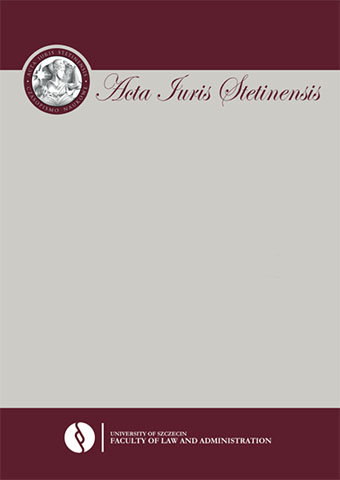| 1. | Banasik, P., et al., Podatek od przychodów z budynków - następca minimalnego podat¬ku dochodowego od wartości budynków komercyjnych - wybrane problemy, “Przegląd Podatkowy” 2018, No. 2, LEX. |
| 2. | Bauta-Szostak, J. and Kran, R., Opodatkowanie nieruchomości w działalności gospodar¬czej. Podatek od nieruchomości. Podatek od przychodów z budynków, Warszawa 2018. |
| 3. | Firlej, K.A. and Firlej, C., Porównanie systemów opodatkowania nieruchomości w Unii Europejskiej, “Progress in Economic Sciences” 2014, No. 1. |
| 4. | Gomułowicz, A. and Mączyński, D., Podatki i prawo podatkowe, Warszawa 2016. |
| 5. | Jankowski, J., Zmiany w minimalnym podatku od nieruchomości komercyjnych w 2019 r., “Nieruchomości” 2019, No. 1, Legalis. |
| 6. | Małecki, P. and Mazurkiewicz, M., Komentarz do art.24(b) ustawy o podatku dochodo¬wym od osób prawnych, in: Małecki, P. and Mazurkiewicz, M. (eds.), CIT. Komentarz. Podatki i rachunkowość, Warszawa 2018, LEX. |
| 7. | Sender, E., Jak liczyć podatek od przychodów z budynku?, 29.05.2019, Rzeczpospolita, https://www.rp.pl/Podatek-dochodowy/305299993-Jak-liczyc-podatek-od-przycho- dow-z-budynku.html. |
| 8. | Szulc, M., Podatek galeryjny wycieknie z deklaracji? Pieniądze mogą przeciec fiskusowi przez palce, 4.02.2019, Gazeta Prawna, https://podatki.gazetaprawna.pl/artykuly/1- 395809,pieniadze-z-podatku-minimalnego-moga-przeciec-fiskusowi-przez-palce. html. |
| 9. | Zalewski, Ł., Precedensowy wyrok WSA: Podatek od przychodów z budynków można ob¬niżać, 9.05.2019, Dziennik Gazeta Prawna, https://podatki.gazetaprawna.pl/artykuly /1411365,jak-obnizyc-podatek-od-nieruchomosci.html. |







